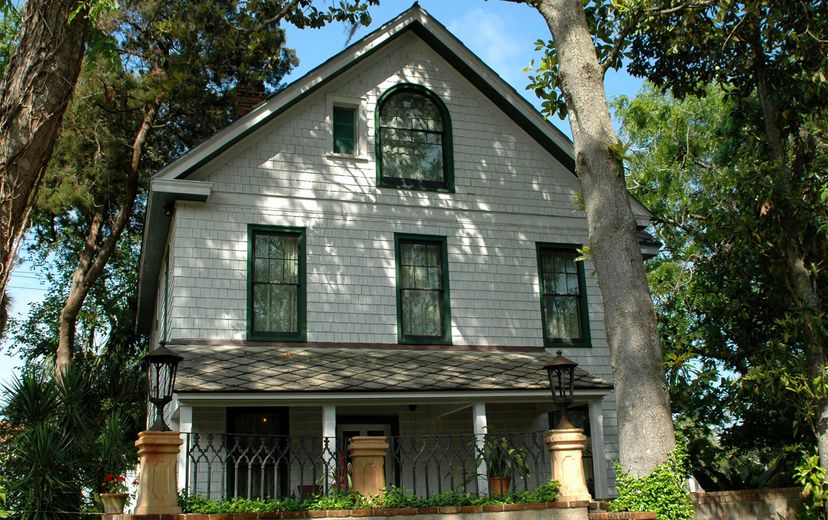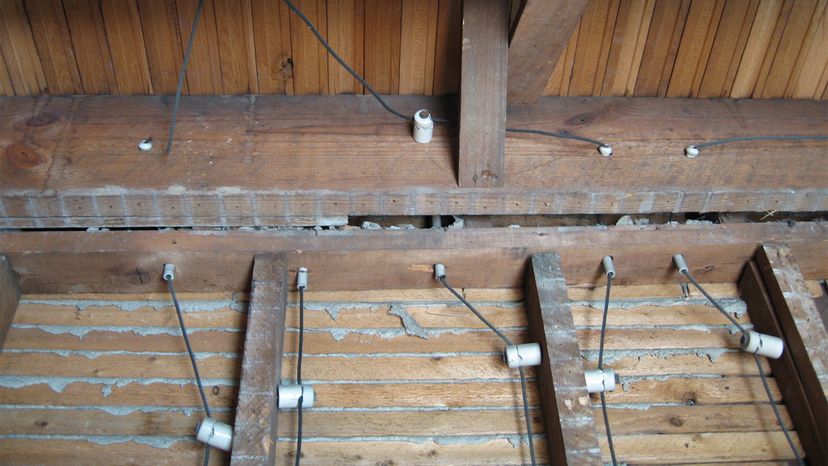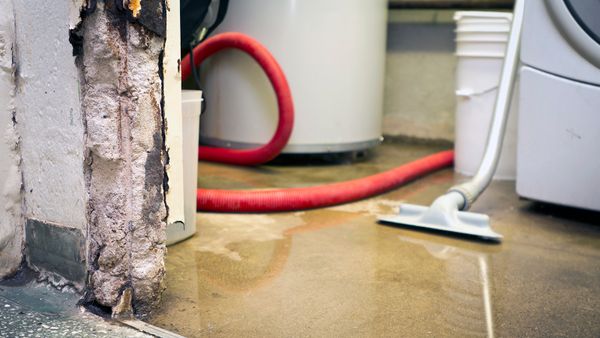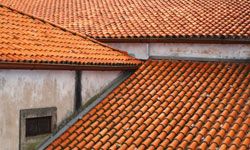
From a 1920s bungalow or stately three-story Victorian to a rustic stone farmhouse, a lot of us love old houses for their sturdiness, quirky charm and connection to history. And fortunately, there are a lot of venerable old homes still standing all over the world. Nearly 14 percent of the roughly 137 million homes in the U.S. were built before 1940, according to the U.S. Census American Housing Survey. In places such as Somerville, Massachusetts, and Buffalo, New York, more than 60 percent of the housing stock dates back to Franklin D. Roosevelt's second term or earlier.
But old houses also have a potentially significant downside, especially for unwary first-time homeowners, in that expensive problems are often tucked away inside the walls or under the floors. We don't mean just the predictable maintenance issues, such as replacing the roof shingles every 20 years or the electric or gas water heater once a decade. (Here's a still-useful 2007 report on the average life expectancy of various home components, from the National Association of Home Builders.)
Advertisement
What we're talking about are those time bombs — such as an ancient drainage pipe, crumbling chimney, or obsolete wiring that isn't up to the demands of today's uses — that can catch old house owners off guard and sometimes severely stress their household finances with four or even five-figure repair bills. While you can't always avoid these problems, it's wise to learn as much as you can about the risks — and possibly even budget for renovations and upgrades to head off trouble before it turns into an emergency.



